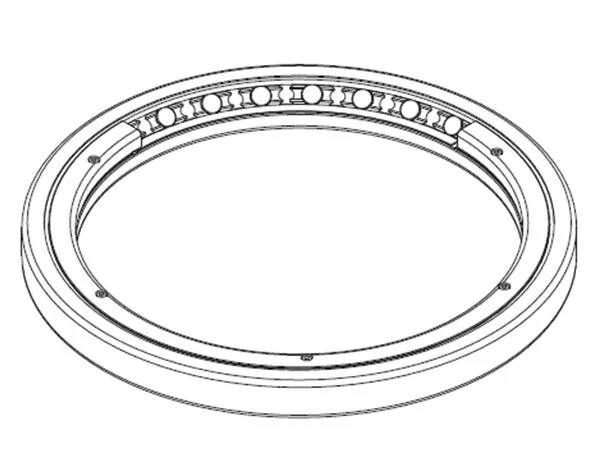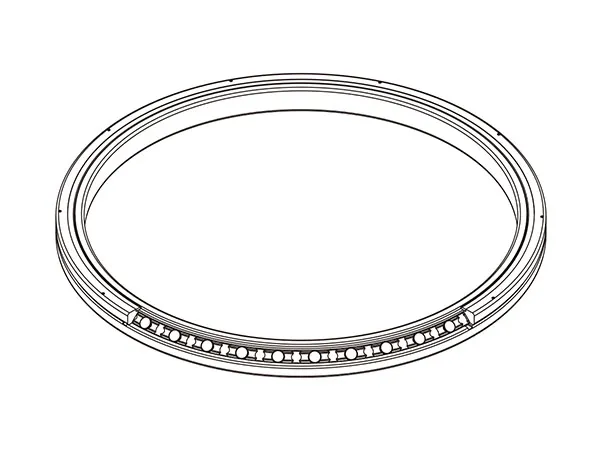Precision crossed roller bearings are essential components in applications requiring high rotational accuracy, stiffness, and the ability to handle combined loads (radial, axial, and moment). Their performance is defined by a series of accuracy grades, primarily specified by ISO standards.

The most common international standard for bearing accuracy is ISO 492, which classifies bearings into a series of grades. The higher the grade number, the tighter the tolerances and the higher the precision. For precision bearings, the key grades are:
P0 (Normal): This is the most basic accuracy grade. While it's suitable for general industrial applications where high precision is not a priority, it is generally not considered a "precision" grade.
P6: A higher precision grade than P0. It is often used for applications with a moderate need for accuracy, such as in standard machine tools and electric motors.
P5: This is the first true "precision" grade. It has a significantly tighter tolerance range than P6 and is a popular choice for high-precision equipment like the drive shafts of precision machine tools and some robotic joints.
P4: A "super precision" grade. P4 bearings have extremely stringent requirements for geometric and rotational accuracy. They are used in high-end applications like the spindles of precision grinders, jig boring machines, and measurement instruments.
P2: This is the highest and most precise grade, often referred to as "ultra-high precision." P2 bearings are used in highly specialized equipment where the utmost accuracy is required, such as in optical equipment, high-end measuring tools, and aerospace components.

The accuracy grade is a comprehensive classification that encompasses several critical dimensional and geometric tolerances:
...
More detailed information about the accuracy grades of precision crossed roller bearings can be found at:https://www.lynicebearings.com/a/blog/precision-crossed-roller-bearings-accuracy-grades.html